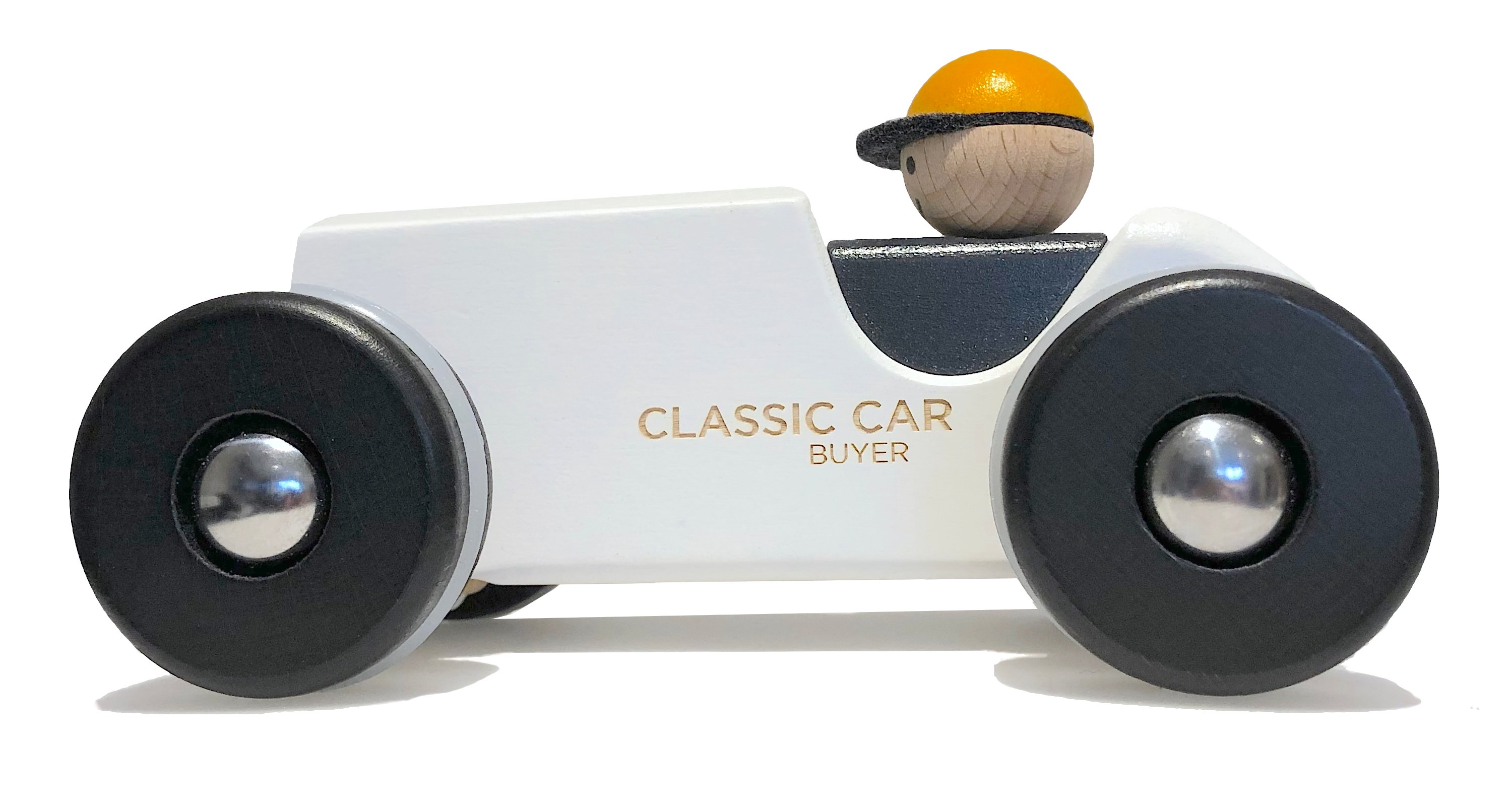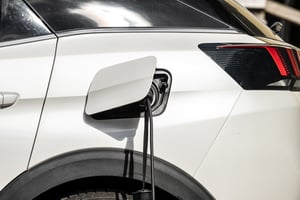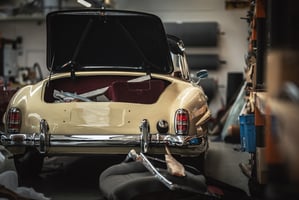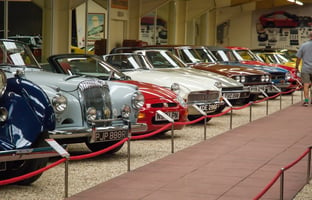Many classic cars today render us full of nostalgia, with an appreciation for the craftsmanship...
Owning a classic car is like possessing an authentic piece of history, each one different and with a unique story to tell. Every curve, trim, and vintage button within the upholstery tells a tale of a bygone time. But when you rev up the engine and take your beloved car for a spin, perhaps this question might sometimes come to mind - should you keep the original features in your classic, or is it time to make some adaptations? Let’s explore the pros and cons of maintaining the authentic features, versus embracing more modern conveniences.
So why should you keep things as they originally were?
Well, there’s the valid point that it maintains the car’s historical authenticity. Preserving the original features ensures that your car remains a true artefact of its time. This authenticity can be particularly appealing to collectors who value the car’s historical and cultural significance when it comes to purchasing.
Now let’s talk cold, hard cash. In terms of value retention, originality often translates to a higher market value. Classic cars in mint, original condition can fetch significantly higher prices at auction. This makes preservation not only a passion project but also a sound investment for the owner. The more modern parts you add, the less your car resembles its historic self. While some buyers appreciate modern upgrades, others may see them as a detraction from the car’s original charm. This can potentially reduce the market value of your classic, if you ever decide to sell.
Then there’s the issue of nostalgia. There’s an undeniable charm to be found in driving a car just as it was decades ago. The tactile feel of original materials, the simplicity of an old dashboard with all its knobs and buttons - and even the distinctive ingrained smells (yes, cigar and cigarette smoke included!) evoke a sense of nostalgia that modern upgrades might reduce.
.jpg?width=1000&height=750&name=shutterstock_2456484461%20(1).jpg)
Of course, there’s a certain pride to be taken in ownership as well, from maintaining a classic car in its original state; a testament to your dedication and respect for the car’s history (and no doubt the blood, sweat and tears that may be spent in keeping it that way).
Also, modernising a classic car can be expensive. High-quality parts and professional installation don’t come cheap, and the costs can quickly add up.
We’ve got an example for you as to why it’s sometimes a good idea to retain the original features. We heard about the owner of a Triumph TR6 who changed the original seats to more comfortable seats and then found they had problems when it came to selling the car, due to the missing original features.
You also need to make sure that any new features fit the car, so measure properly before making a costly mistake!

And what are the pros for modernising?
Well, certainly, there can be maintenance challenges. Original parts can be hard to find, and they can be expensive. Additionally, older car components may require more frequent maintenance and repairs, leading to higher long-term costs and potential headaches along the way. Modern components are often more reliable, and require less maintenance.
There may also be some safety concerns which are worth addressing. Classic cars were built to the standards of their day, which often means they lack modern safety features. Driving an original classic might mean compromising on crucial aspects like seat belts, airbags and advanced braking systems.

For some classic car owners, they might be concerned about performance limitations. Technology has come a long way since many classic cars were built, and sticking wholly with the original parts might mean dealing with outdated performance standards, including less efficient engines, less than ideal suspension systems and lower fuel economy.
It would be amiss to not mention comfort, too. As much as bouncing around on country roads with a dodgy suspension is fun for a few minutes, you might do yourself a mischief if you were doing it every day. Also, putting in modern amenities like air conditioning, GPS and improved sound systems can enhance your driving experience - certain upgrades can make your classic car more comfortable and practical for everyday use.
Finding the right balance
Ultimately, deciding whether to keep your classic car’s original features or to embrace modern upgrades depends on your personal preferences and goals. Are you a purist who loves the sense of nostalgia of a bit of untouched history, or do you prioritise performance, safety and more modern comforts?
Perhaps you don’t have to just choose one or the other. Often, many classic car owners find a middle ground. They preserve the most significant original features while making discreet modern upgrades that help with improved safety and drivability. For instance, adding seat belts or upgrading the braking system can significantly improve safety without drastically altering the car’s character.
So, what will it be? Will you maintain your classic car as it was made, or will you make some contemporary changes? Please let us know in the comments!








